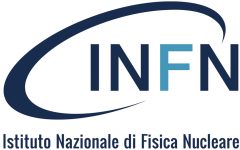On June 3 we will have a seminar by
Xenia de la Ossa (University of Oxford)
Title: The arithmetic of Calabi-Yau manifolds and the black hole attractor mechanism
Abstract:
In this seminar I will introduce the arithmetic of Calabi-Yau 3-folds. An important interest has been to explore whether there are questions of common interest in this context to physicists, number theorists and geometers. The main quantities of interest in the arithmetic context are the numbers of points of the manifold considered as a variety over a finite field. We are interested in the computation of these numbers and their dependence on the moduli of the variety. The surprise for a physicist is that the numbers of points over a finite field are also given by an expression involving the periods of a manifold. The number of points are encoded in the local zeta function, about which much is known in virtue of the Weil conjectures. Especially interesting are the specialisations to singular manifolds, for which the zeta-function manifests modular behaviour. We are also able to find, from the zeta function, black hole attractor points of type IIB supergravity. These correspond to special values of the parameter for which there exists a ten dimensional spacetime for which the 6 dimensions correspond to a CY manifold and the four dimensional spacetime corresponds to an extremal supersymmetric black hole. These attractor CY manifolds are believed to have special number theoretic properties. In fact modular group and modular forms arise in relation to these attractor points. This is joint work with Philip Candelas, Mohamed Elmi and Duco van Straten.
Meeting information:
3rd of June 14:30 Italian Time
Zoom Meeting https://l.infn.it/stringwebseminar
